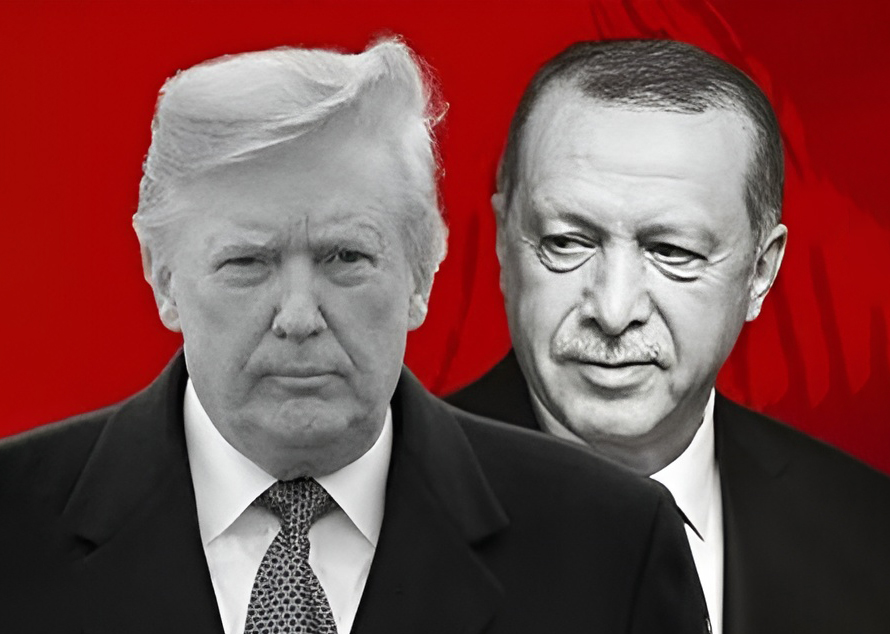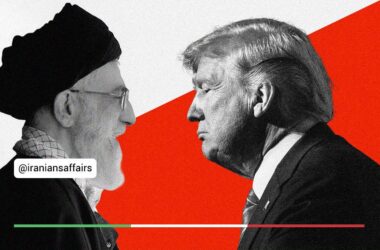Global powers have shown little long-term interest in the Syrian conflict.
For Russia, preserving Bashar al-Assad’s regime and establishing air and naval bases served as a display of its return to global prominence. This maneuver indirectly dragged the U.S. into an unwanted crisis, giving Moscow more room to pursue its objectives in Eastern Europe and strengthen the so-called “Arch of Instability” in Europe.
The Obama administration worked diligently to avoid direct involvement in Syria. Despite repeatedly setting a “red line” on Assad’s use of chemical weapons, Obama consistently found reasons to avoid intervention. After the CIA’s costly and unsuccessful efforts to create and expand the “Free Syrian Army” using moderate Muslims and secular forces, Washington was left with one viable option for meaningful presence east of the Euphrates: the Kurdish People’s Protection Units (YPG). Although rooted in communist ideology, the YPG became a necessary ally under the circumstances.
This partnership placed the U.S. in direct conflict with its strategic ally in the region, Turkey. Rebranding the communist Kurdish forces as the “Syrian Democratic Forces” (SDF) and promoting their fight against ISIS for Western audiences may have been palatable internationally, but Turkey was well aware of the group’s hidden agenda and refused to accept this alignment.
For Turkey, U.S. support for the YPG, given its strategic ties to the PKK, was utterly unacceptable. The YPG represented a significant security threat to Turkey’s urban areas in northern Syria. The lack of geographical barriers along Syria’s eastern border with Turkey facilitated potential unification between Syrian and Turkish Kurds, a nightmare scenario for Ankara.
In response, Turkey demanded the establishment of a 32-kilometer safe zone along its border for two purposes: to secure its territory against terrorist operations and to house the influx of Syrian refugees.
When trilateral negotiations between the YPG, Turkey, and the United States failed, then-President Donald Trump ordered the withdrawal of U.S. forces from the region as part of a peace initiative, granting Erdoğan control over the Syria-Turkey border’s security. Trump stated, “Our mission was to defeat ISIS. We never made an unlimited commitment to support Syrian Kurds.”
Trump’s priorities were focused less on the Middle East and Russia and more on countering the growing Chinese threat in the Indo-Pacific. However, Turkey’s incomplete response, due to its economic crises, and opportunism from other actors prevented a full U.S. withdrawal from the region. Around this time, Congress, with its Democratic majority, imposed sanctions on Turkey.
For Turkey, Assad’s regime has never been the primary concern. Their top priority has been preventing the establishment of an autonomous Kurdish region east of the Euphrates. The fertile lands in this area, which account for over 50% of Syria’s agricultural land, control over the Tabqa Dam (a major hydroelectric source), and access to oil reserves in eastern Syria all fuel Turkey’s anxiety over potential Kurdish autonomy.
Turkey’s support for marginalized religious and displaced groups in areas like Idlib and Azaz on its western border has served as a contingency plan for any power vacuum in Syria. Turkey stands to benefit from three key factors: the increasing decline of Iran’s influence in the region, political shifts in the U.S., and Russia’s limited capacity to intervene. Together, these factors could enable Ankara to establish the long-desired “Safe Zone.”







